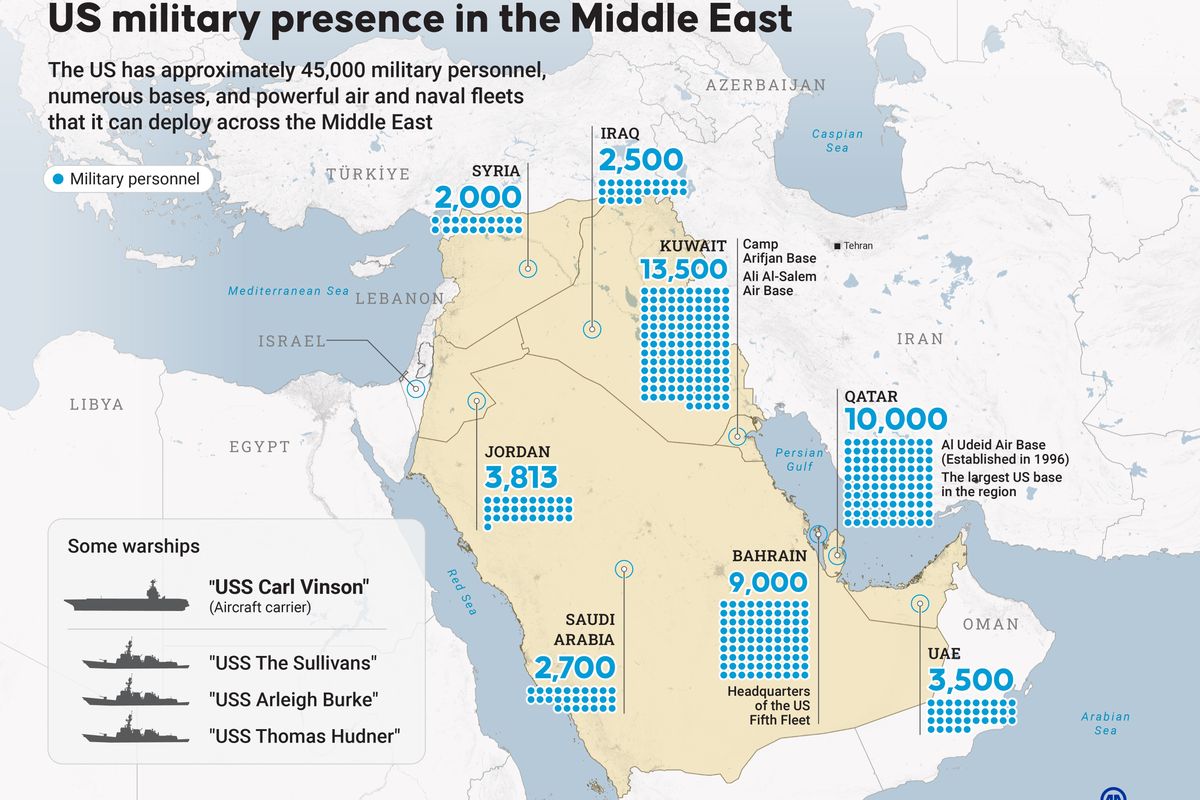Former Secretaries of the Navy took aim at President Donald Trump’s push for a 350-ship Navy during a discussion held at the Center for Strategic and International Studies on Wednesday.
While they all agreed the current state of the Navy was aging and required modernization, the former Navy officials remained skeptical about the achievability of the 350-ship proposal.
“350 ships, or any number you choose, is a bumper sticker,” said Sean O’Keefe, who served as Navy secretary from 1992 to 1993 under President Bill Clinton. “It is descriptive of whatever is the derivative of the strategy that you determine is the appropriate configuration to project power.”
“At this juncture, 350 is a notional figure,” O’Keefe added, emphasizing that the Trump administration hasn’t yet fully articulated their overall military strategy.
Building up the U.S. Navy was touted during Trump’s presidential campaign last year and remains a key feature of the Trump administration’s “America First” foreign policy.
“We will build a Navy of 350 surface ships and submarines, as recommended by the bipartisan National Defense Panel,” Trump pledged in a September 2016 speech.
“When Ronald Reagan left office, our Navy had 592 ships. When Barack Obama took office, it had 285 ships. Today, the Navy has just 276 ships,” Trump continued. “As soon as I take office, I will ask Congress to fully eliminate the defense sequester and will submit a new budget to rebuild our military.”
Richard Danzig, who served as Navy secretary from 1998 to 2001, argued an expanded Navy would stretch an already-thin personnel level.
“The personnel are really, to begin with, the key thing. And we ought to be talking about them. We ought to make it the tugboat behind the carrier that we care about,” he said. “It’s not that a Navy of 350 wouldn’t be a good thing. But I want to focus on personnel and I want to focus on technology as my priorities before I get to that.”
The industrial capacity to build and deliver the additional ships was not an issue, the former secretaries agreed. However, according to them, it was the pressure put on the Navy by budget quarrels on Capitol Hill and a sense of abandonment felt by the military that loom as the biggest obstacles.
“The continuing partisan debate over ‘for every dollar of defense spending, there’s got to be a dollar of domestic spending or else you won’t get the majority necessary in order to move this across,’ that’s going to be a continuing battle as well,’ said O’Keefe.
“All of this is fixable. But if we say ‘The process is the process. We have to accept that everything is going to overrun, carriers cost three times what they used to,’ then you can’t do it,” argued John Lehman, who served as Navy secretary from 1981 to 1987 during the Reagan administration.
The 2018 National Defense Authorization Bill, or NDAA, which passed the House on Tuesday, pledges to fund a naval force of “no fewer than 355-ships.” The bill, which authorizes close to 700 billion dollars in defense spending, is expected to be debated by the Senate after the Thanksgiving break.
Verdi Tzou is a national security web editor at The Cipher Brief.







